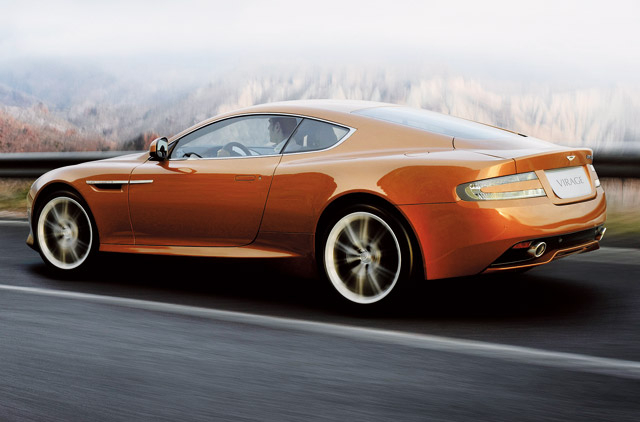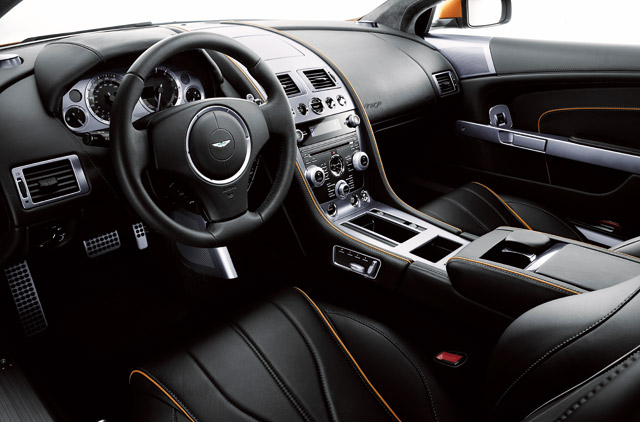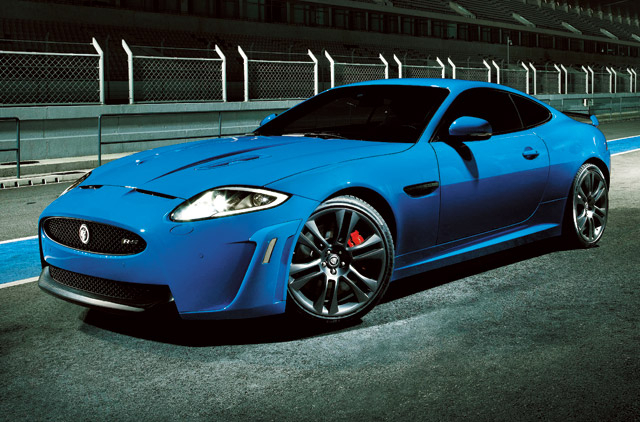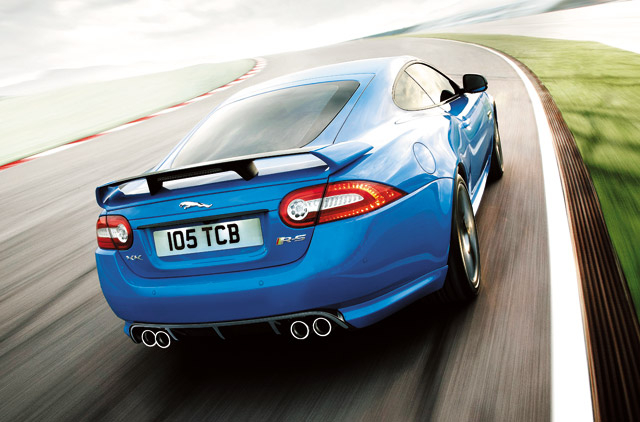
The British car industry, whatever little’s left of it, is making a dazzling return to form. Close on the heels of Lotus’s belligerent five-car assault at the Paris show and Jaguar’s numerous special edition XKs, Aston Martin has added a new model to its GT line-up. The Gaydon firm can now offer you a DB in three states of tune, obviously at different price points.
Aston Martin Virage
The new mid-range Aston is a hotted-up DB9 or a mild-strength DBS — depending on your point of view — rather than a brand new car. Let’s start with the 6.0-litre naturally aspirated engine, which also does service in other DB stable mates. In the Virage, the V12 is paired with a fettled six-speed automatic and serves up 490bhp and 570Nm of torque to the rear wheels only. Granted it looks like a cynical marketing exercise, but the Virage does have a few neat tricks up its sleeve.
Thanks to extensive use of aluminium in its construction, it is a relative lightweight with exactly 50 per cent of its mass over each axle. A new active damping system has been added, which adapts to different road surfaces for improved grip and a further ten, yes ten, different stiffness settings can be dialled in manually in Normal and Sport mode.
The customary Sport button sharpens throttle response, turns the noise up to 11, quickens gear changes and even lets you bounce the needle off the redline without making a pansy upshift.
The inbetweener resurrects the Virage badge and unlike its namesake from the Eighties, which was a visual mess of VW and GM components, it looks rather strapping. The profile is cleaner for a more contemporary look, while the new aluminium grille is apparently inspired by the One-77 halo car. Honestly, we’re struggling to make the connection. The front lip is more pronounced and flows elegantly into the jutting side skirts to give the car a squatted muscular stance. But, in an understated sort of way.
The bi-xenon headlamps are a clear nod to the Rapide, and rightly so because the Virage promises to meld the refinement of the four-door with the racecar-like dynamics of the DBS. Perhaps, the only criticism anyone can level at the Virage is that it looks too similar to the DBS. But since when is that a bad thing?
Jaguar XKR-S
These days, cars aren’t really considered fast unless they can mash your face when you bury the throttle. Jaguar need not worry, for its new XKR-S is quick enough to take on the best. This is without doubt Coventry’s most audacious production car since the XJ220.
It packs the standard XKR’s 5.0-litre supercharged V8, which has been tuned to develop 550bhp and 680Nm of torque — up 40bhp and 55Nm respectively. At full flight the XKR-S will race past the 300kph mark and will shoot from a standstill to 100kph in just 4.2 seconds. These performance figures put it firmly in the league of rarefied exotics.
Naturally, the suspension has also been toughened up to handle all the extra power, while the Adaptive Dynamics system received a significant revision too. Other additions are an active sports exhaust system and huge brakes — 380mm at the front and 376mm at the back.
This hyper Jag utilises the lightweight aluminium construction of the XKR, albeit with a more aerodynamically efficient design. The discreet spoiler of the standard coupé has been replaced by a huge rear wing to aid downforce.
The pumped up body now includes a more pronounced carbon fibre front splitter and additional air vents on the bonnet. It sits on lightweight alloys and boasts red callipers that stand out a country mile. The XKR-S, which goes head- to-head with the likes of Porsche 911 Turbo S, the forthcoming BMW M6 and the Aston Martin Vantage S should arrive in the GCC by the end of the year.















